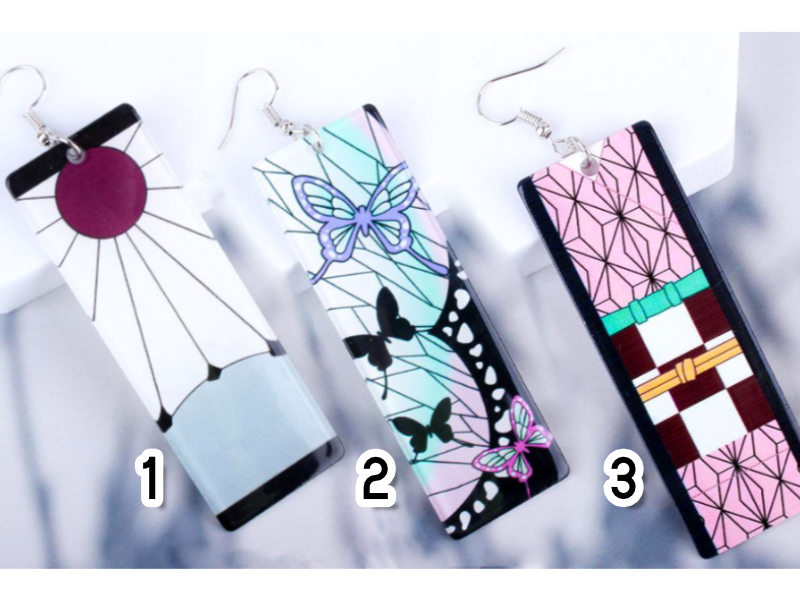

Jump to the second square, then proceed to the third, or backward to the first, potentially capturing two pieces.Jump directly to the third square (and capture any enemy there).With its three-step Lion move, the Lion Dog may:.Once the Lion Dog chooses one of the eight possible directions for its move, all of its subsequent moves must take place along that same direction of movement, and the Lion Dog may not move backward past its starting square. The Lion Dog has a three-step ‘Lion-Power’ move, but restricted to one direction only.Having all of these movement possibilities gives the Lion immense power and flexibility, but in the larger games, the Lion is far from the strongest piece! One of its beefier cousins is the Lion Dog, which we also need to know about in order to understand the Furious Fiend and the Great Elephant: In the diagrams you’ll see in this article (and in Ai Ai when using the diagrammatic piece sets), orange squares represent places the piece may step to the stars represent squares a piece may jump to an exclamation point indicates a square where capturing without moving is possible ( igui) and a red arrow indicates the piece may move unlimited squares in that direction. The Lion may also jump to any square within the 5×5 area around its starting point (but this then is its entire move for the turn).It may capture a piece on an adjacent square, then move back to its starting square, appearing to capture an adjacent piece without moving - this is known as igui, ‘stationary eating’.The Lion may step to an adjacent square, then back to its starting square - effectively passing its turn.This double-movement power allows numerous unusual abilities:.The Lion may move twice in one turn like a King - one step to any adjacent square.Many of you will remember the Lion from Chu Shogi, where this unique and powerful piece dominates the board for those new to these games, here’s a brief summary of it’s prodigious powers: The Furious Fiend is the promoted form of the Lion in Dai Dai Shogi and Maka Dai Dai Shogi. The Lion Dog, which only appears in Shogi variants larger than Tenjiku Shogi As you will see, the pieces change quite a bit depending on which source you use! Ultimately we opted to preserve the versions of these pieces that have some historical justification, and allow the player to choose the one they prefer. I share them here as I thought it might be interesting for some of you to see the work that goes on behind the scenes as we try to bring these games to life. These are my notes on these pieces that I put together for Stephen, cleaned up and with a bit more explanation. Somewhat remarkably, most of these pieces have largely agreed-upon powers, but there are two in particular with some disputed abilities: the Furious Fiend, and the Great Elephant. Even native Japanese speakers have great difficulty interpreting these documents.īelow is an example of the challenges we faced in implementing Dai Dai Shogi, a 17×17 Shogi variant with a large array of 96 pieces of 64 different types for each player. Just to be clear about this, for aspiring Shogi researchers: DO NOT use Google Translate on these old documents! Google Translate understands modern Japanese (sort of), but has very little idea of what is being said in these old texts. On top of that, the usage of kanji has evolved over time, and as with any other language, over the centuries the style of writing has evolved too.Ĭombine these factors with the generally terse writing style of these old documents, and a natural tendency for Shogi fans to feel quite passionate about their particular interpretations, and we end up with fairly frequent disputes over some rules and piece abilities in these games. For a start, many texts were written using only Chinese characters ( kanji), and without the helpful hiragana and katakana syllabaries found in the modern language. Not only are the historical documents explaining these games in Japanese, they are in medieval Japanese, and medieval Japanese is written very differently from the modern form of the language. One of the many challenges of working on the large Shogi variants is the language barrier.


 0 kommentar(er)
0 kommentar(er)
